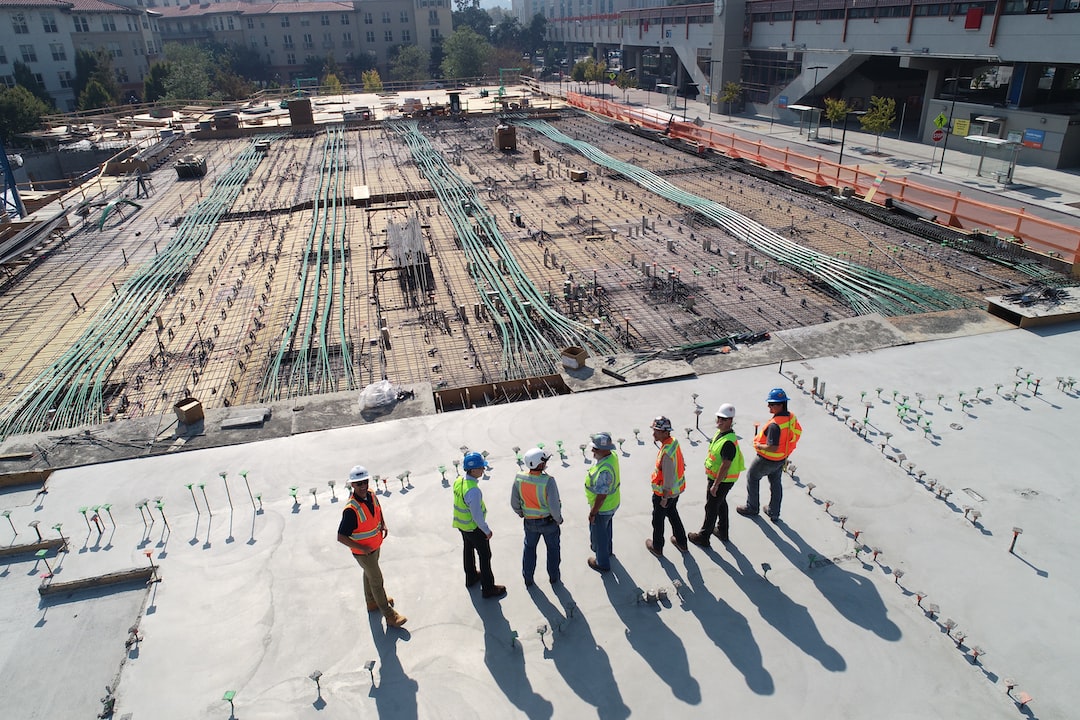Engineering Solutions for Clean Water Access in Developing Countries
Access to clean water is a fundamental human right, but unfortunately, many developing countries face significant challenges in fulfilling this basic need. According to the World Health Organization, an estimated 785 million people lack access to clean drinking water, which leads to a myriad of health issues and perpetuates the cycle of poverty. However, engineers around the world are stepping up to the challenge, devising innovative solutions to ensure clean water access in these underserved regions.
One of the most common engineering solutions for clean water access is the implementation of water filtration systems. These systems utilize various techniques to remove harmful contaminants and pathogens from water sources, making it safe for consumption. One example is the use of activated carbon filters, which effectively remove organic compounds and chlorine, improving the taste and smell of the water. Another popular filtration method is reverse osmosis, where high pressure is used to force water through a semipermeable membrane, effectively removing dissolved solids, bacteria, and viruses. These filtration systems are often portable and can be installed in individual households or community centers, providing safe drinking water for the entire community.
In addition to filtration systems, engineers are developing innovative techniques to improve water storage and distribution in remote areas. Many developing countries suffer from a lack of reliable infrastructure, leading to water scarcity and frequent disruptions in supply. In response, engineers are designing low-cost rainwater harvesting systems that collect and store rainwater during the wet season. This stored water can then be used during times of drought or other water shortages, ensuring a consistent water supply throughout the year. Furthermore, advancements in pumping technology have allowed for the development of solar-powered water pumps, eliminating the need for electricity and reducing operational costs.
Another critical aspect of providing clean water access in developing countries is the implementation of sanitation systems. Poor sanitation practices can contaminate water sources and pose significant health risks. Engineers are working on improving sewage treatment systems, particularly in areas without access to centralized sewer systems. Technologies such as anaerobic digesters and biofiltration systems are being employed to treat wastewater and reduce pollutants before they are discharged back into the environment.
In conclusion, engineering solutions are instrumental in addressing the water crisis in developing countries. From filtration systems to rainwater harvesting and sanitation systems, engineers are revolutionizing access to clean water. However, it is crucial to remember that sustainable solutions must consider the specific needs of each community and involve local stakeholders in the decision-making process. By combining technical expertise with cultural sensitivity, engineers can make a significant impact on improving water access and contribute to the overall well-being of communities in need.

